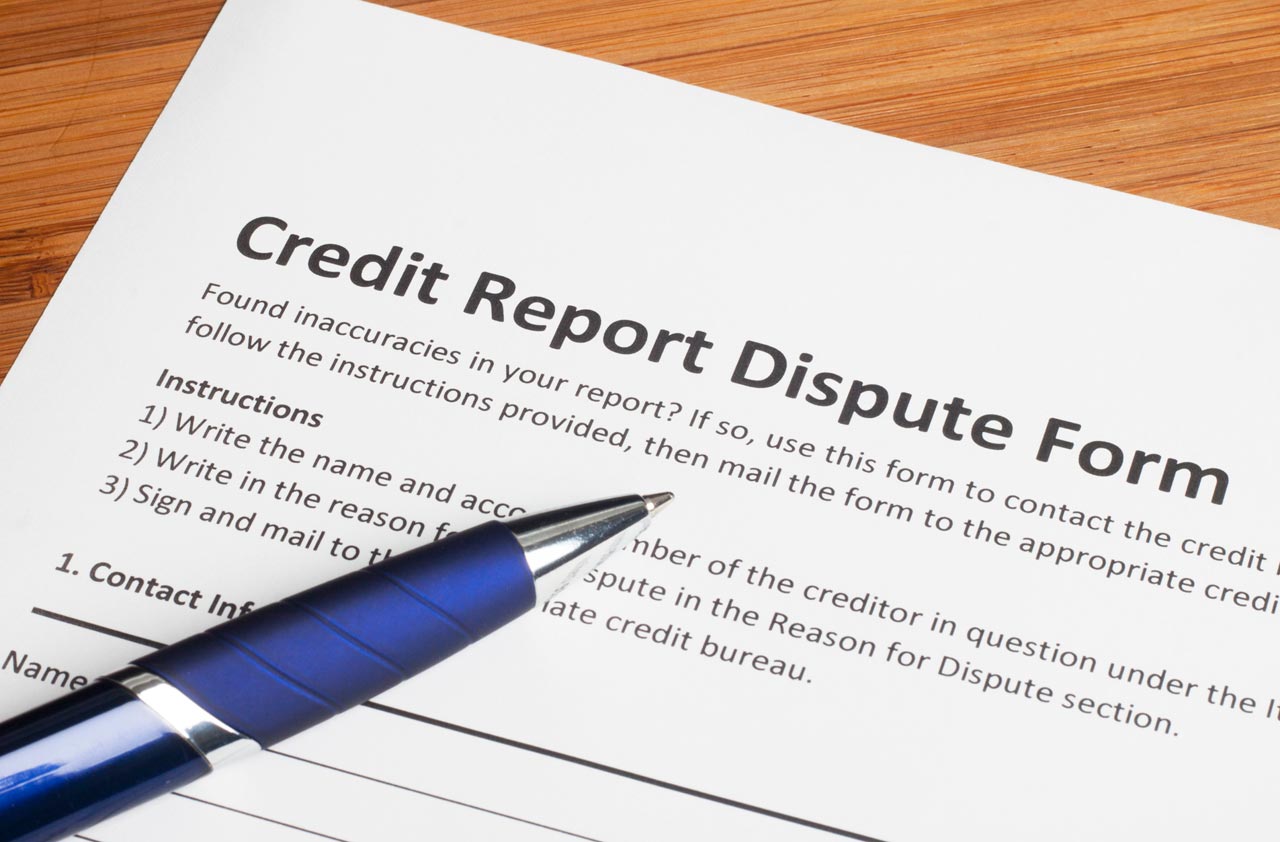5 Smart Ways to Cut Health-Care Costs in Retirement
The average couple retiring in 2015 can expect to pay $245,000 in medical expenses during retirement. These strategies can trim that bill.

I’m about to sign up for Medicare, and I know there are gaps in the coverage. How much should I expect to spend for medical expenses after I retire? How can I reduce those costs?
Even though Medicare will take care of a big portion of your medical expenses after you retire, you’ll need to set aside money for Medicare deductibles, Part B premiums and coinsurance, and Part D prescription-drug coverage and out-of-pocket costs—plus health care expenses Medicare doesn’t cover. Fidelity estimates that the average couple retiring in 2015 can expect to pay $245,000 in health care expenses during their retirement.
The new estimate is 11% higher than last year’s $220,000. The main reasons for this year’s increase are longer life expectancies—the estimate assumes an average life expectancy of 85 for men and 87 for women—and anticipated increases in health care and prescription-drug costs.

Sign up for Kiplinger’s Free E-Newsletters
Profit and prosper with the best of expert advice on investing, taxes, retirement, personal finance and more - straight to your e-mail.
Profit and prosper with the best of expert advice - straight to your e-mail.
The following five strategies can help you reduce your costs:
1. Find a cheaper way to fill in Medicare’s gaps. You can cover Medicare’s deductibles and co-payments with a medigap policy and Part D prescription-drug plan, or you can cover both drugs and medical expenses with a Medicare Advantage plan. People rarely switch medigap policies after they enroll because insurers can reject you or charge more because of your health if more than six months have passed since you first signed up for Medicare Part B. But some medigap policies available in your state may not require a medical exam at any time, and some insurers may let you switch to a lower-cost medigap policy without a new medical exam. Or you may qualify for affordable premiums if you’re relatively healthy. Consider a high-deductible Plan F or the newer Plan N, both of which have some cost sharing in return for lower premiums and can be a good deal if you have few medical expenses. Also look into Medicare Advantage plans, which may have lower premiums in return for more restrictions on which doctors and hospitals you can use. See How to Fill Medicare Coverage Gaps for more information.
2. Review your Part D prescription-drug coverage or Medicare Advantage options every year. Open enrollment runs from October 15 to December 7. Don’t look only at the premiums; in addition, estimate the overall costs for your specific drugs under the plans (and, for Medicare Advantage plans, the type of medical care you usually use). You can compare all of the plans available in your area using the Medicare Plan Finder, or get personalized help from your State Health Insurance Assistance Program (call 800-633-4227 or visit www.shiptacenter.org for local contacts). See It’s Time for Medicare Open Enrollment for more information.
3. Save on prescription drugs. Even if you have a Medicare Part D prescription-drug plan, you’ll have to pay plenty of out-of-pocket costs. Your plan may have a deductible (up to $360 in 2016), and you may have to pay as much as 30% to 50% of the cost of some pricey brand-name drugs. You may have to pay an even larger portion of the cost of the drugs when you’re in the “doughnut hole.” In 2016, your Part D plan will provide coverage until your drug expenses reach $3,310 (including both your share and the insurer’s share of the costs). You then pay 45% of the cost of brand-name drugs and 58% of the cost of generics yourself. When your out-of-pocket costs reach $4,850, your coverage kicks back in and you pay 5% of your covered drug costs.
Switch to generic drugs when possible, or ask your doctor about therapeutic alternatives, which may provide similar results but cost a lot less. Also, see if your plan has a preferred pharmacy with lower co-payments, and find out if you can save even more by using a mail-order pharmacy. At some pharmacies, you might even save if you buy generics with cash rather than using your insurance. See How to Save on Prescriptions and How to Save With a Medicare Prescription Drug Plan for more information.
4. Pay medical expenses with tax-free money in an HSA. A health savings account provides a triple tax break: Your contributions are pretax (or tax-deductible), the money grows tax-deferred in the account, and you can use the money tax-free for medical expenses in any year. You can’t make new contributions to an HSA after you sign up for Medicare, but you can use the money tax-free for medical expenses at any time. If you’re 65 or older, you can use the money tax-free for you and your spouse’s Medicare Part B and Part D or Medicare Advantage premiums (but not medigap). You can even pay a portion of long-term-care premiums, based on your age, from an HSA.
If you haven’t signed up for Medicare yet, you can start building up tax-free money in the account for future expenses. See How Health Savings Accounts Work With Medicare for more information. If you’re 65 or older and still working for an employer with more than 20 employees who offers health insurance, you may want to delay signing up for Medicare Part A and Part B so that you can continue contributing to an HSA (especially if the employer contributes to the account).
5. Be a smarter health care consumer. Many of the strategies for saving money on medical expenses when you’re younger also save you money after you’re on Medicare, especially if you have to cover a portion of the costs yourself. See 50 Ways to Cut Your Health Care Costs.
For more information about making smart Medicare decisions, see our Guide to Getting the Most Out of Medicare, 2015. Also keep in mind that the $245,000 in estimated medical expenses doesn’t include potential long-term-care costs, which generally are not covered by Medicare. See Tactics to Make Long-Term-Care Coverage Affordable for more information about how to protect against catastrophic expenses.
TAKE OUR QUIZ: Make Sense of Medicare
Get Kiplinger Today newsletter — free
Profit and prosper with the best of Kiplinger's advice on investing, taxes, retirement, personal finance and much more. Delivered daily. Enter your email in the box and click Sign Me Up.

As the "Ask Kim" columnist for Kiplinger's Personal Finance, Lankford receives hundreds of personal finance questions from readers every month. She is the author of Rescue Your Financial Life (McGraw-Hill, 2003), The Insurance Maze: How You Can Save Money on Insurance -- and Still Get the Coverage You Need (Kaplan, 2006), Kiplinger's Ask Kim for Money Smart Solutions (Kaplan, 2007) and The Kiplinger/BBB Personal Finance Guide for Military Families. She is frequently featured as a financial expert on television and radio, including NBC's Today Show, CNN, CNBC and National Public Radio.
-
 Stock Market Today: Stocks Gain on Tech, Auto Tariff Talk
Stock Market Today: Stocks Gain on Tech, Auto Tariff TalkThe Trump administration said late Friday that it will temporarily halt tariffs on some Chinese tech imports.
By Karee Venema
-
 Sam's Club Plans Aggressive Expansion: Discover Its New Locations
Sam's Club Plans Aggressive Expansion: Discover Its New LocationsSam's Club expansion plans will open up to 15 new stores each year. Learn where they plan to open in 2025.
By Sean Jackson
-
 Credit Report Error? They All Matter
Credit Report Error? They All Mattercredit & debt Don't dismiss a minor error. It could be the sign of something more serious.
By Kimberly Lankford
-
 Insurance for a Learning Driver
Insurance for a Learning Driverinsurance Adding a teen driver to your plan will raise premiums, but there are things you can do to help reduce them.
By Kimberly Lankford
-
 Getting Out of an RMD Penalty
Getting Out of an RMD Penaltyretirement When your brokerage firm miscalculates your required minimum distributions, you have recourse.
By Kimberly Lankford
-
 529 Plans Aren’t Just for Kids
529 Plans Aren’t Just for Kids529 Plans You don’t have to be college-age to use the money tax-free, but there are stipulations.
By Kimberly Lankford
-
 When to Transfer Ownership of a Custodial Account
When to Transfer Ownership of a Custodial Accountsavings Before your child turns 18, you should check with your broker about the account's age of majority and termination.
By Kimberly Lankford
-
 Borrowers Get More Time to Repay 401(k) Loans
Borrowers Get More Time to Repay 401(k) Loansretirement If you leave your job while you have an outstanding 401(k) loan, Uncle Sam now gives you extra time to repay it -- thanks to the new tax law.
By Kimberly Lankford
-
 When It Pays to Buy Travel Insurance
When It Pays to Buy Travel InsuranceTravel Investing in travel insurance can help recover some costs when your vacation gets ruined by a natural disaster, medical emergency or other catastrophe.
By Kimberly Lankford
-
 It’s Not Too Late to Boost Retirement Savings for 2018
It’s Not Too Late to Boost Retirement Savings for 2018retirement Some retirement accounts will accept contributions for 2018 up until the April tax deadline.
By Kimberly Lankford